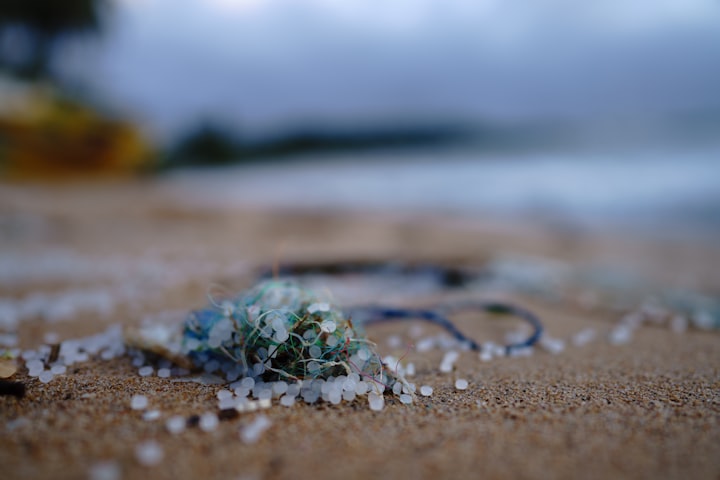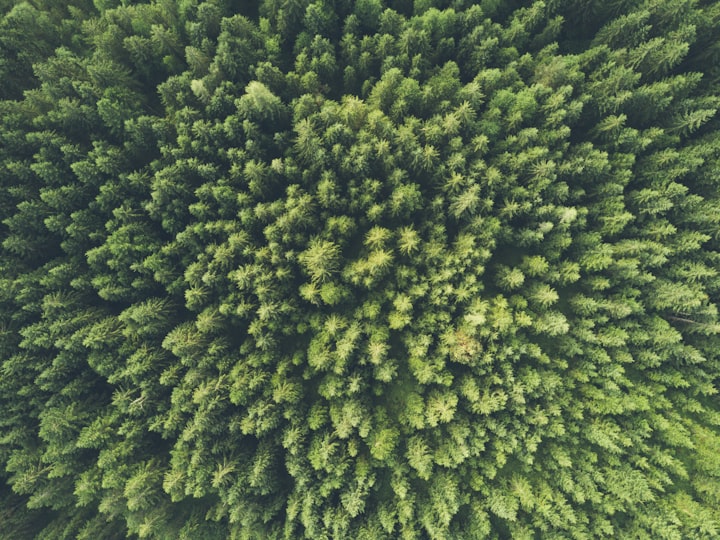
These findings underscore the need to focus on further research into the potential dangers associated with the presence of MNP contaminants in the root zone, plant invasion, or adverse effects on the soil microbiome. Indeed, levels of microplastic pollution in the soil near various landfills can be an important research topic that needs to be considered. Lack of adequate systems for integrating landfills or faulty / waste landfills in different countries can cause environmental problems due to the reduction of leachate, which carries small plastics made of plastic waste into the ground.
Therefore, the risk of soil pollution and groundwater residues, which is also a major risk factor for the migration of different levels of microplastics into the soil environment. Since these microplastics can be transferred from the landfill to groundwater, soil and groundwater may be contaminated. Soil can be considered an important flow and carry microplastic contaminants into the water environment.
Microplastic can absorb environmental pollutants, including hydrophobic pollutants (eg agricultural plastic mulch as a source of microplastics in the world. An overview of microplastic and nano plastic pollution in agroecosystem).
Martin N., Budiman M., McBratney A. Convolutional neural network to detect microplastic soil contamination using infrared spectroscopy. Nuelle MT, Deckiff JH, Remy D, Fries E. A New Analysis Method for Monitoring Microplastics in Marine Species. Nicole B., Verena V., Volke V. Exposure to contamination from old microplastic.
Separation of microplastics from coastal soils and invisible features on their surface. Microplastic and mesoplastic pollution of agricultural land in sub-regions of Shanghai, China. The impact of microplastic fibers on soil bonding and enzymatic activity depends on organic matter. Toxicity of nickel mixture and microplastics with different groups active in Daphnia Magna.
To date, several types of pollutants have been identified that can be found in living organisms and plastic waste, suggesting that microplastics may act as carriers of chemical pollution from seawater to organic matter (Table 3). Therefore, an important question arises as to whether microplastics contribute significantly to the absorption and accumulation of pollutants by the marine web compared to other sources. Recent research reports indicate that the harmful effects of microplastics, especially microspheres, microplastic fibers, and degraded macroplastics in aquatic environments, maybe greater than macroplastics [27 - 29], although research and legislation regarding plastic pollution control are still insufficient. . There is no doubt that plastic contributes to the complete flow of pollutants that can be harmful to the agricultural world.
Pollution and public health hazards can be reduced if landfill sites are properly managed, although there is a possibility of contamination of soil and groundwater from decay products and plastic additives that may persist for a long time in the environment [34.35]. Human use of animals exposed to plastic and plastic additives can be dangerous. A review of the literature also showed that immersion of the absorbing pollutants and the use of certain additives and monomers contribute to the risk of complex microplastic pollution in living organisms, including humans.
In addition, instead of pre-installed microplastics, it is advisable to investigate in future studies whether it is possible to remove microplastics that have not been absorbed or slightly contaminated from the state of absorption and transfer biological contaminants.
Only large microplastics with a very low melting point can increase the transport of hydrophobic organic matter over naturally occurring soil particles, as long as fast flow patterns and flow paths are found and microplastics particles move. However, in agricultural soils, a few popular flow paths reach a depth of more than 1 m36, and when microplastics reach deep soil layers, contaminants are removed. Although microplastics are less susceptible to environmental pollution due to longer melting times than nano plastics, they do not move and will be retained in the soil by natural filtration processes26. Light microplastics can be easily carried by the wind from the surface to other ground or water resources, while dense microplastics may move directly to the ground [104 105].
Depending on the condition, type of polymer, and the time of exposure, microplastics can affect soil structures in a variety of ways, increasing the solid reliability behind the microplastic effects reported in the literature. Our results show that microplastics can affect soil pH, respiration, and enzyme activity, depending on the structure of microplastics and polymer types, and the impact varies during incubation. We hypothesize that soil pH, respiration, and enzyme activity may be affected by the addition of microplastics, depending on the composition of microplastics and polymer types; in addition, we investigated the effect of exposure time during planting in a temporary laboratory. To better explain the conditions that may affect microplastic-related exposure, we have studied here the effects of microplastics and polymer formation, and we examined that the effects of soil structure and microbial activity of the soil vary during incubation. Variety.
Our research contributes to better understanding the impact of microplastics on soil microbial activity, which may be related, in part, to changes in soil pH. Changes in the physicochemical properties of the combined MP and its effect on transmission





Comments
There are no comments for this story
Be the first to respond and start the conversation.